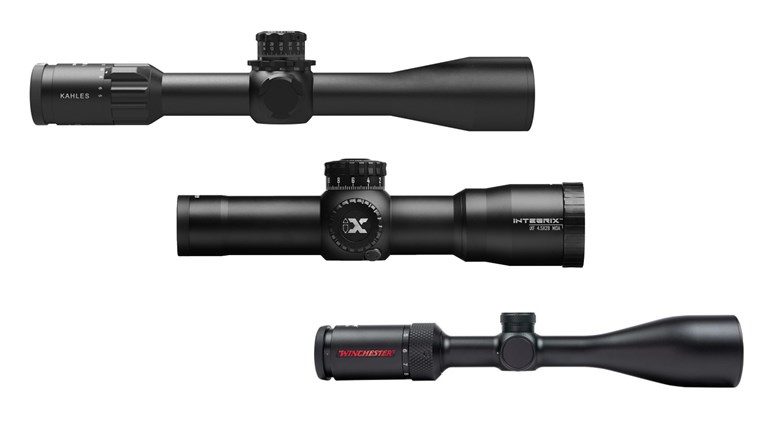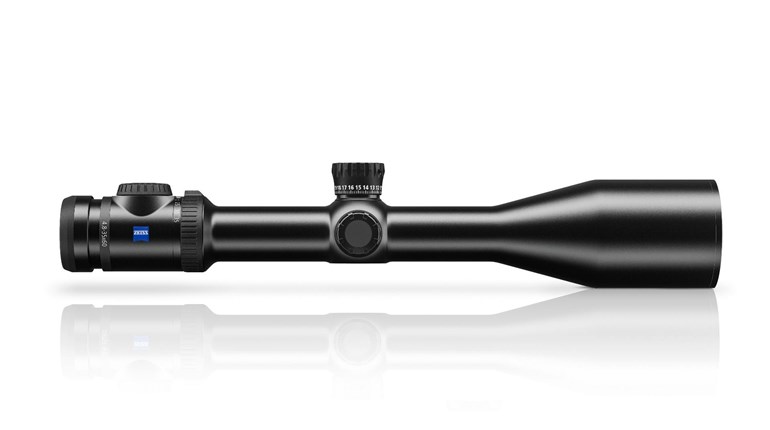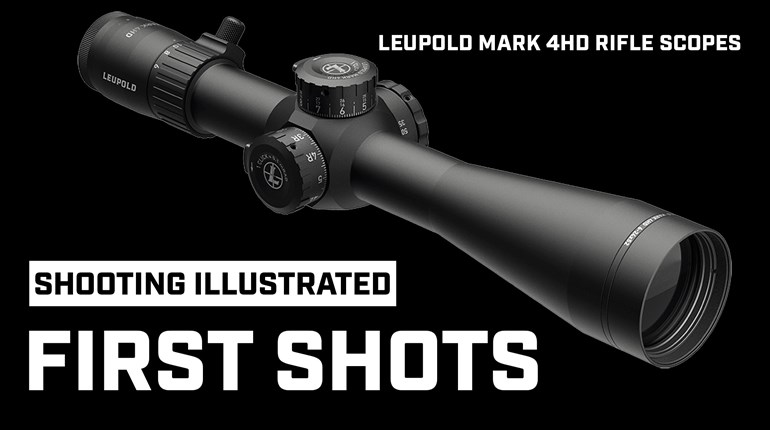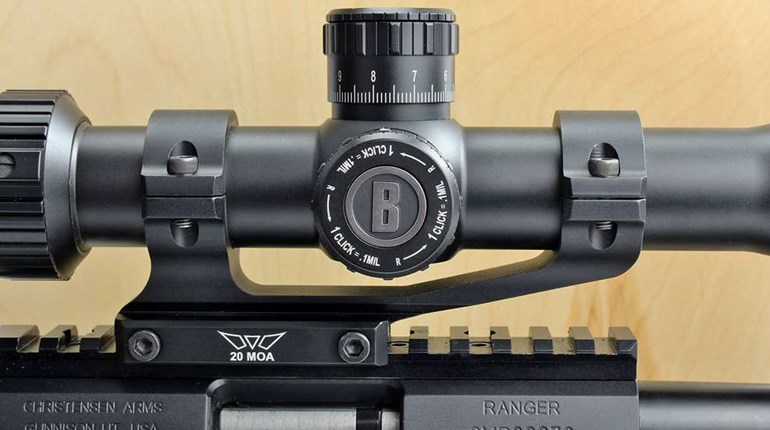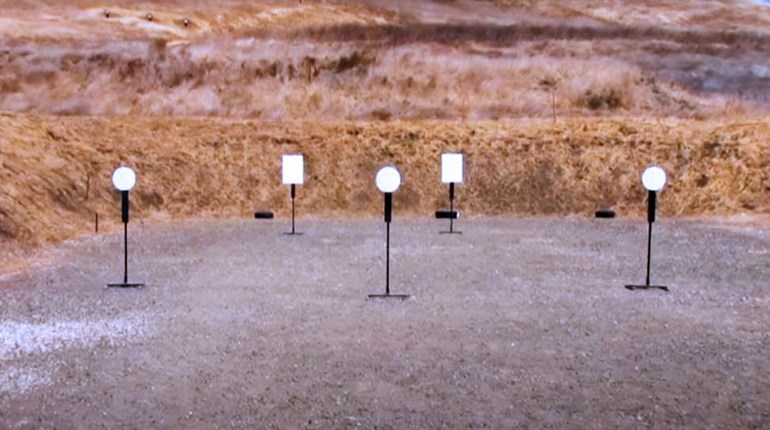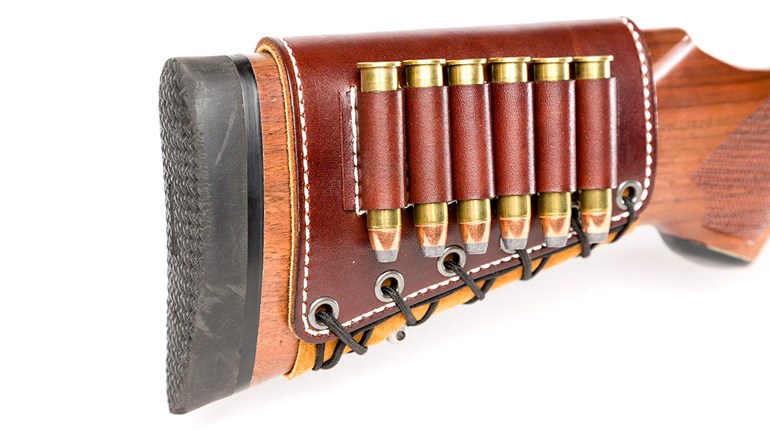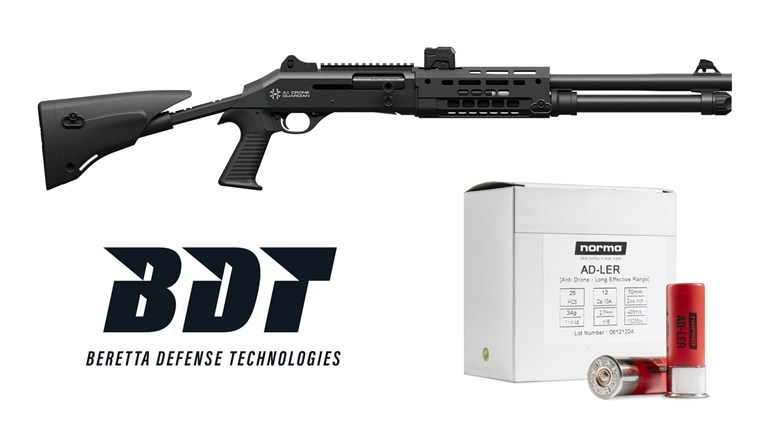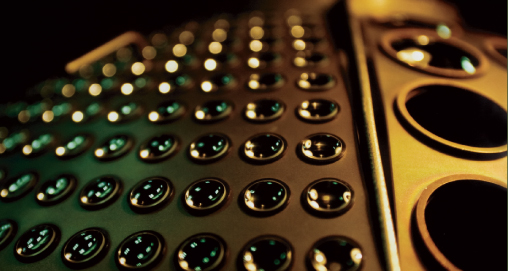
In any optical system, some light is lost through reflection each time the light passes through a glass-to-air surface. The light loss can be significant in multi-element riflescopes; as much as 50 percent of the light may be lost to reflection as it passes through an uncoated lens system.
In the 1940s, it was discovered that magnesium flouride coatings on lenses would increase light transmission, color fidelity and image brightness considerably. Today, nearly all modern scopes have coated lenses that transmit from 95 to 99 percent of the light that enters the objective lens.
Coatings such as zinc sulfide and zirconium oxide are used, often in combination with magnesium flouride. A coated lens will appear tinted when viewed from the side. The exact color may vary from blue, green, purple, red or gold. Abrasion-resistant coatings have been developed for the exterior lens surfaces of modern riflescopes. Water-shedding coatings have also been developed.
Various levels of coating can be applied to lenses ranging from a single layer of magnesium flouride on the exterior objective and ocular surfaces, to as many as 15 layers or more on every surface of every lens. Typically, coating layers are only a few ten-thousandths of an inch thick.
Lower-priced scopes may have from one to five lens-coating layers while more expensive scopes may have as many as 15 or even more. In lower-priced scopes, only the outside surface of the objective (front) and ocular (rear) lenses are coated. Higher-quality scopes have all internal and external lens surfaces multi-coated.
How many layers are enough? That depends on the quality of the lens system and the intended purpose of the scope. Adding more layers of coating rapidly reaches the point of diminishing returns, but on a high-quality scope where maximum light transmission and image fidelity are necessary, 15 layers of coating can be easily justified.
In the 1940s, it was discovered that magnesium flouride coatings on lenses would increase light transmission, color fidelity and image brightness considerably. Today, nearly all modern scopes have coated lenses that transmit from 95 to 99 percent of the light that enters the objective lens.
Coatings such as zinc sulfide and zirconium oxide are used, often in combination with magnesium flouride. A coated lens will appear tinted when viewed from the side. The exact color may vary from blue, green, purple, red or gold. Abrasion-resistant coatings have been developed for the exterior lens surfaces of modern riflescopes. Water-shedding coatings have also been developed.
Various levels of coating can be applied to lenses ranging from a single layer of magnesium flouride on the exterior objective and ocular surfaces, to as many as 15 layers or more on every surface of every lens. Typically, coating layers are only a few ten-thousandths of an inch thick.
- The term "fully coated" when applied to a riflescope usually means that all lens-to-air surfaces have at least one coating layer. This includes the interior lens systems as well as the exterior.
- The term "multi-coated" or "multiple-layer coated" signifies that multiple coating layers have been applied to some, but not all, lens surfaces. Normally, this means that only the outer lens surfaces have been multi-coated. "Fully multi-coated" signifies multiple coatings on all lens-to-air surfaces.
Lower-priced scopes may have from one to five lens-coating layers while more expensive scopes may have as many as 15 or even more. In lower-priced scopes, only the outside surface of the objective (front) and ocular (rear) lenses are coated. Higher-quality scopes have all internal and external lens surfaces multi-coated.
How many layers are enough? That depends on the quality of the lens system and the intended purpose of the scope. Adding more layers of coating rapidly reaches the point of diminishing returns, but on a high-quality scope where maximum light transmission and image fidelity are necessary, 15 layers of coating can be easily justified.













